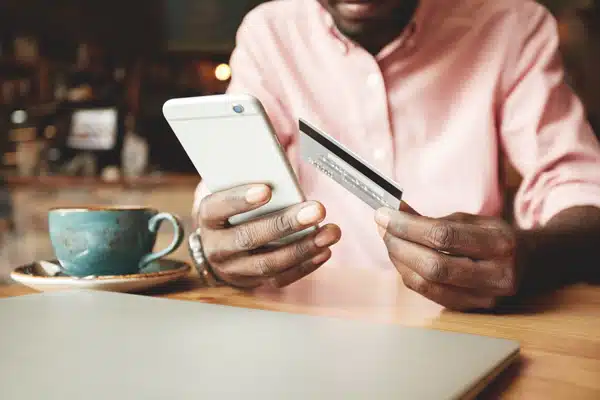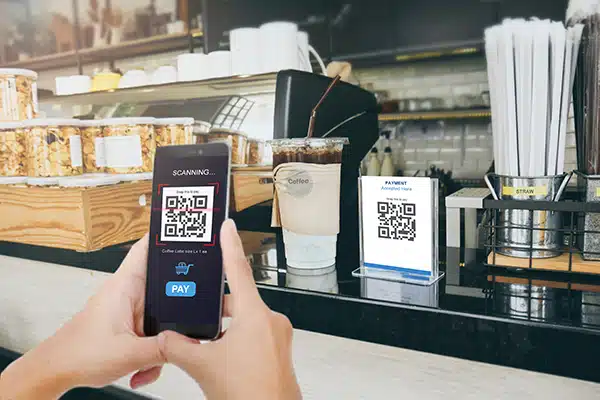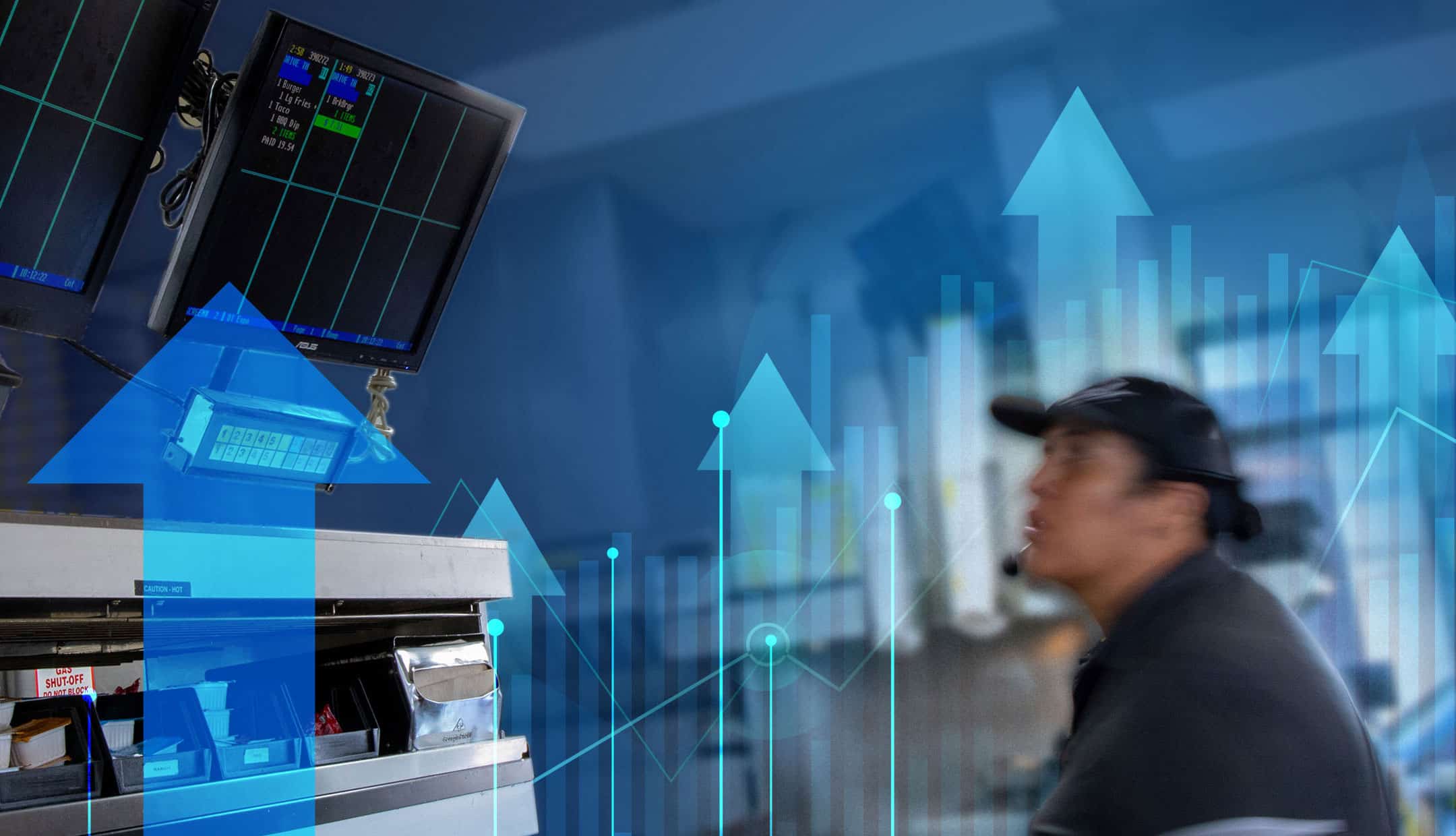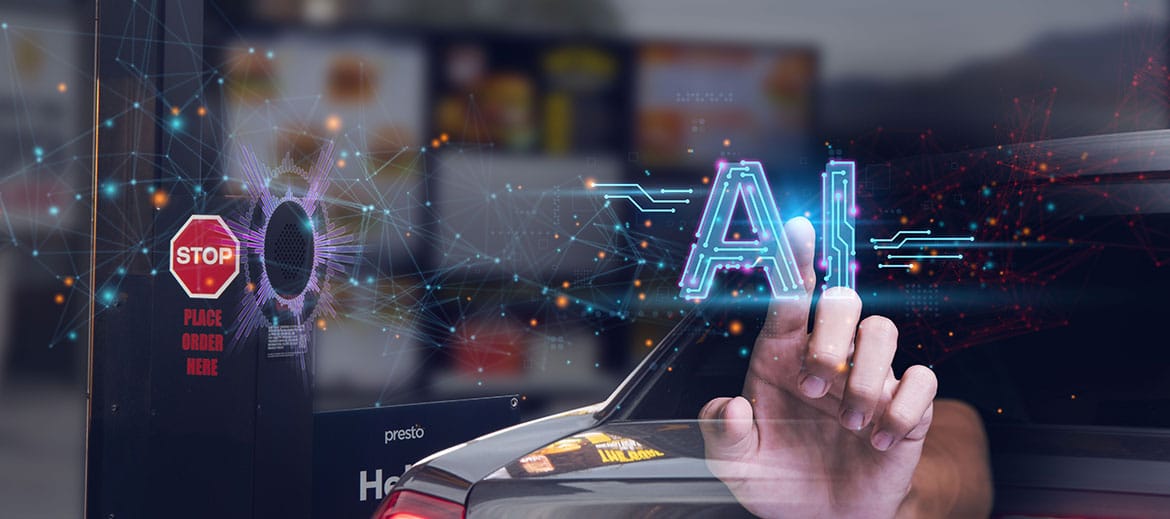The word “contactless” is now everywhere as businesses and consumers around the world seek for ways to resume their normal lives while minimizing contact with each other. Payments are especially a key friction point for restaurants looking to reopen for dine-in. Guests are demanding touchless transactions and social distancing measures. How can businesses make people feel safe while making in-person transactions? The key is to offer consumers the ability to make contactless payments in a way that also lessens human interaction. Learn what contactless payment means in the new COVID-19 normal and why it is here to stay post-pandemic.
What Are Contactless Payments?
Contactless payments use payment methods that do not require swiping a card or handing a card over to a merchant. The contactless payment can be made via credit cards or debit cards through radio-frequency identification (RFID). Contactless payments can also be made via mobile devices through near field communication (NFC).Contactless payments are also taking on a new meaning in the age of COVID-19. The term can refer to a payment method that does not require consumers to make any physical contact with another surface. In this case, a consumer uses their mobile phone to scan a QR code or NFC tag. This gives them access to the merchant’s checkout system online where they can make a payment via a mobile (such as Samsung Pay, Apple Pay, or Google Pay) or online payment method (like Paypal, or entering credit card and bank account information manually). Alternatively, consumers can access the checkout system on the merchant’s app. Biometric payments can also fall under this category by utilizing facial recognition.
Benefits of Contactless Payments
- Faster Checkout
According to Mastercard, contactless payments are up to 10 times faster than other in-person payment methods. By waving their payment card or phone in front of a terminal, a person can make a payment at a checkout counter on their own. The process is faster than handing a credit card over to a staff member who must then swipe the card at their own terminal.In a restaurant setting, contactless payments can happen without contact between the terminal and card or phone. The guest simply scans a QR code or NFC tag at their table to access the restaurant’s website, where they view their check digitally and enter their payment information online. This saves servers many extra trips between guests and the POS terminal. Servers no longer need to deliver the check to the guest, pick up the guest’s credit card, swipe it at the POS terminal, then return it to the guest. Guests can pay and leave at their own convenience. - Minimize Human Contact
Consumers are in need of digital, touchless payment options more than ever, since public health organizations have warned against transmitting coronavirus via physical contact. According to McKinsey’s April study, the US has seen a 20% increase in preference for contactless operations.As proof, Walmart launched a contactless payment program in March that enables shoppers to make contactless purchases by scanning a QR code that is synced with the Walmart Pay app. In April, Publix made contactless payments available at all of its more than 1200 stores. Publix CEO cited the need to “help customers reduce contact with commonly used surfaces” and to make “customers’ trips…faster and more efficient” as motivations behind the large rollout. - Promote Social Distancing
By accepting contactless payments, stores and restaurants can easily implement self-checkout systems that have been growing in popularity during the coronavirus pandemic. Contactless payments via QR codes are an easy-to-deploy solution for merchants that may not have NFC-enabled terminals. In addition, they can be set up around a store in multiple locations to promote further social distancing and prevent customers from congregating in lines.Contactless payments have even more value for casual dining restaurants that rely on dine-in traffic to sustain sales volume. At a sit-down restaurant, the traditional payment process requires servers to make multiple trips between the POS terminal and the guest’s table, putting both sides at risk. By enabling a guest to view the check, pay for the bill, and receive a digital receipt through using their own phone at the table, restaurants can keep both guests and staff members safe. - More Consumers Are Preferring It
Leading up to 2020, contactless transactions were already commonly used in many countries, except for the US. In 2018, just 3% of cards in use in the U.S. were contactless, versus 64% in the U.K. and 96% in South Korea, according to a study by A.T. Kearney. But consumer demands are now rapidly changing with the advent of the coronavirus pandemic. According to a March study conducted by RTi Research, 30% of US consumers have started using contactless payments since March 2020, and 70% will continue to do so.Restaurants will need to adapt to the change in demand as well. According to an April report by Datassential of US diners, 87% like the idea of contactless payment, while 44% would require it in restaurants. 86% of diners would consider continuing to maintain distance from other diners, suggesting that they would feel the same towards staff members at a restaurant.Global consumers are increasingly adopting contactless payments for its convenience during the pandemic. According to an April study conducted by Mastercard, 82% of respondents view contactless as the cleaner way to pay. In addition, nearly three quarters of consumers state that they will continue to use contactless payments after the pandemic. The trend is here to stay.

How to Start Offering Contactless Payments Today
As restaurants and stores reopen across the country, operators are investing heavily in hygiene and contactless solutions to make consumers feel safe again. Public health guidelines even recommend businesses to use touchless and contactless forms of payments. Implementing a contactless payments system is more important than ever. In addition to contactless-enabled payment terminals, businesses can go a step further by enabling guests to make payments on their own smartphones without interacting with a staff member. Consumers can simply scan a QR code or NFC tag at checkout, or at the restaurant table to enter their payment online. Additional signage with instructions will remind people that contactless payments are available and encourage adoption.
The Presto Contactless Dining Kit is one such solution that includes everything that businesses need to get started on offering contactless dining or payment experiences. Restaurant guests can be waitlisted, view the complete menu, place orders, and pay at the table—without the need for any human contact. In addition, the kit can be deployed in less than an hour. Visit presto.com/contactless to watch a video on how it works, and learn how you can get started on offering contactless payments at your business as soon as possible.



